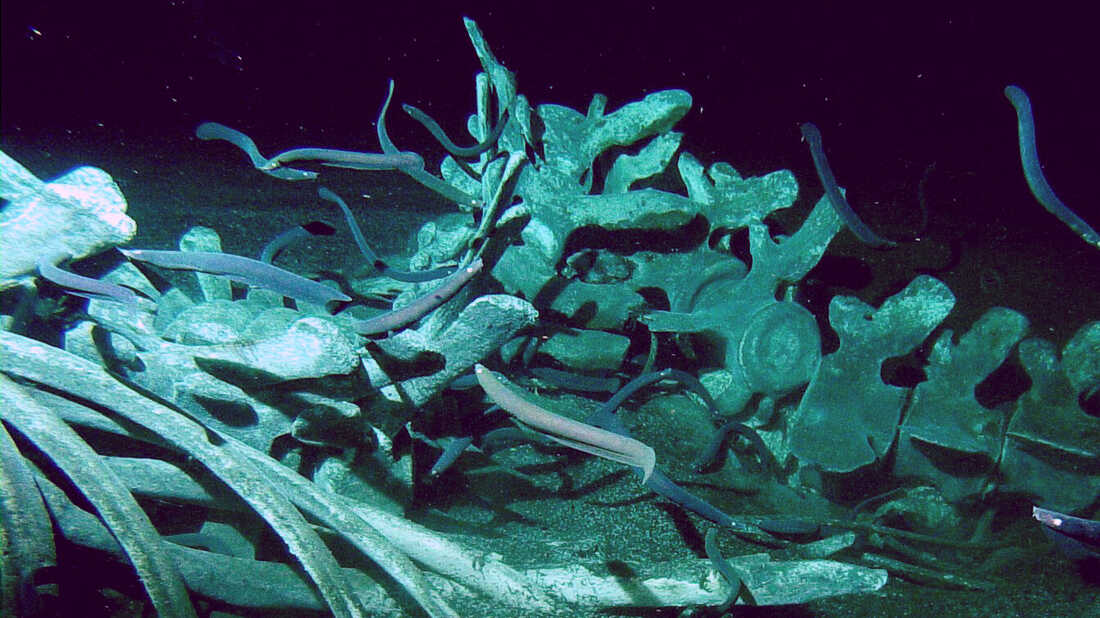This blog shows some research for the paint workshop. It includes information about the cave painting, Pompeii frescoes; Also about the artists, Frank Auerbach and Giorgio Morandi.
1. Altamira Cave
It was discovered by Marcelino Sanz de Sautuola in the late 19th century in northern Spain and it was the first when prehistoric paintings were discovered. People doubted of forgery because of the notable quality of this cave painting, they did not believe people in the past could create high-standard artistic work. It was acknowledged as real until 1902. The objects and creatures in this painting are among the best-preserved cave paintings in the world. (Touropia, 2020)
More information about the cave painting: It is for symbolic and religious purpose. It is similar to petroglyphs and engraving, as a type of parietal art. Cave paintings could be found on walls and ceilings.
It is not a surprise for me of people's doubts about its authenticity. When I saw this picture I was shocked by its vivid and bright red colour of this bull. It does not look like an ancient painting from ages ago. I feel so astonished of people's intelligence- how did they make the colours maintainability?
2. Pompeii fresco
The German archaeologist August Mau (1840-1909) described the excavation of Pompeii wall paintings was one of the largest group of surviving examples of Roman frescoes. There are four periods (Incrustation, architectural, ornamental, and intricate.) of the Pompeian Styles and they are distinguished in ancient Roman mural painting. Roman colonized the ancient city of Pompeii since 82 BC. Then the eruption of Mount Vesuvius happened in 79 AD. It destroyed the city and preserved the paintings. After the excavations in the 1840s, a large number of murals showed that Pompeii was an economically prosperous city and the paintings also tell a great deal about the prosperity of the area and specific tastes during the times.
A bit different from the Altamira cave paintings, the main aim of these Pompeii frescoes was to reduce the claustrophobic interiors of Roman rooms. The paintings brighten up the windowless and dark rooms to make them more spacious and full of colours and life.
From the past to the modern, art is always a good way to document our life. I am delighted that the paintings were preserved after Mount Vesuvius. Although we can know about the great city of Pompeii from words, I prefer to 'see' it visually. Pompeii fresco does not only allow me to know about the activities of people in that period but showing the changes in painting style.
TOUROPIA (2020) 10 Prehistoric Cave Paintings. [Online] Available from: prehistoric-cave-paintings. [Accessed by 03/11/20]
HAYWARD, L. (2020) 8 Of The Most Incredible Fresco Paintings From Pompeii. [Online] Available from: 8 of the Most Incredible Fresco Paintings From Pompeii. [Accessed by 03/11/20]
TATE (2020) Who is Frank Auerbach? [Online] Available from: auerbach-introduction. [Accessed by 03/11/20]
ARTGREEK.ART (2020) Art in Context: Peter Paul Rubens’ Altarpiece, The Raising of the Cross. [Online] Available from: art-in-context-peter-paul-rubens-altarpiece-the-raising-of-the-cross-69ef64f928f1. [Accessed by 03/11/20]
TATE (2020) Giorgio Morandi. [Online image] Available from: giorgio-morandi-1660. [Accessed by 03/11/20]











No comments:
Post a Comment